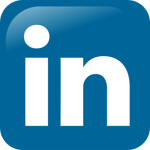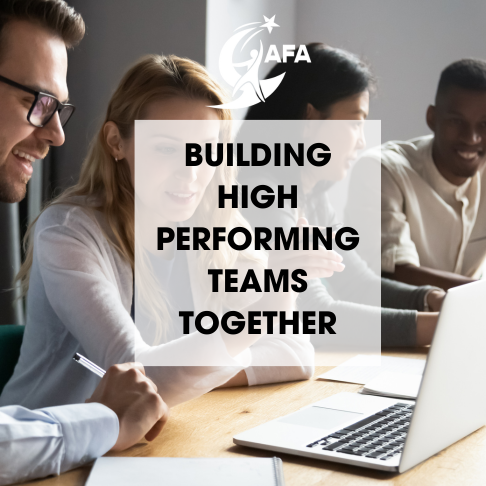
Role Evolution in Modern Organizations: Beyond Traditional Job Descriptions
12/03/2025
The practice of defining jobs through rigid, task-based descriptions is becoming obsolete. Organizations are discovering that success lies not in boxing employees into predetermined roles, but in creating fluid positions that evolve with both business needs and individual capabilities.
The Limitations of Traditional Role Definitions
Traditional job descriptions served their purpose when organizations operated in predictable patterns. They provided clarity, set expectations, and created a framework for performance evaluation. However, these static definitions now often act as constraints rather than enablers.
Amy Edmondson, professor at Harvard Business School, explains this shift: "In today's complex work environment, success depends on employees' ability to adapt and learn quickly. Fixed job descriptions can actually prevent people from solving problems they're capable of solving."
The rigidity of traditional roles creates several challenges:
- Limited responsiveness to emerging opportunities
- Missed chances for employee growth and contribution
- Artificial barriers to cross-functional collaboration
- Decreased employee engagement due to limited scope
The Emergence of Dynamic Role Architecture
Modern organizations are shifting toward what might be called "dynamic role architecture" – a flexible approach where roles are defined by outcomes rather than tasks. This approach focuses on capabilities and potential rather than predetermined responsibilities.
"The key to successfully growing a business is to never stop evolving. The same applies to roles within that business." ~Reid Hoffman, co-founder of LinkedIn
Capability-Based Role Design
Instead of listing specific tasks, roles are defined by the capabilities required to achieve desired outcomes. This allows employees to adapt their approach as circumstances change and to leverage their unique strengths in achieving objectives.
Growth-Oriented Position Evolution
Roles expand or shift based on both organizational needs and individual development. This evolution requires ongoing dialogue between employees and leadership to ensure alignment while maintaining clear accountability.
Implementing Flexible Role Structures
The transition to more flexible role structures requires thoughtful implementation. Organizations must balance flexibility with clarity to avoid chaos while promoting innovation. Essential steps for implementation include:
Clear Communication of Expectations
While roles may be fluid, expectations regarding outcomes and accountability must remain clear. Regular discussions about priorities and objectives help maintain focus while allowing for adaptation.
Supporting Infrastructure
Organizations need systems that support role flexibility, including:
- Regular feedback mechanisms
- Clear career progression frameworks
- Training and development opportunities
- Technology that enables collaboration
Measuring Success in Evolving Roles
Traditional performance metrics often fall short in evaluating success in flexible roles. Organizations must adapt their measurement approaches to account for both tangible outcomes and broader contributions. Successful measurement frameworks typically include:
- Impact on business outcomes
- Contribution to team success
- Skills development and knowledge sharing
- Innovation and problem-solving capabilities
- Cross-functional collaboration effectiveness
Looking Ahead: The Future of Organizational Roles
The key to success lies not in predicting exactly how roles will change, but in building organizations capable of adapting to whatever changes emerge. This requires:
- Strong foundational values and purpose
- Robust learning and development systems
- Clear communication channels
- Trust in employees' capabilities
- Willingness to experiment and adjust
As organizations continue to evolve, the focus must remain on creating environments where people can contribute their best work, regardless of how their roles are defined. The future belongs to organizations that can balance structure with flexibility, stability with innovation, and individual growth with collective success.
Learn more about the work that we do and the programs that we offer. Set up a call to start planning how you want to change the culture of your organization.
Learn More
About the Author:
 INDRA A. BOOKS
INDRA A. BOOKS
With 25 years of award-winning coaching and leadership experience, Indra has a passion for helping companies, teams, and individuals bring about meaningful, goal-oriented transformations which are firmly grounded in Agile principles. She currently works from Spain with companies around the world to achieve sustainable growth based on true agility; helping them make value-based changes and see results with high-performing teams.
Connect with us
 |
 |
 |
Search

WELCOME TO THE AFA LEARNING PORTAL
We offer loads of free information here in the blog and also in our
resource library
AFA provides coaching, consulting, and training programs. In addition to specialized consulting, you have the option to choose from:
- group coaching programs
- masterclasses
- 1-week intensive offsites
Our programs are designed to help your organization to:
- Maximize Employee Engagement
- Foster Self-Organization
- Encourage Innovation
- Attain Higher Performance
- Be More Agile
